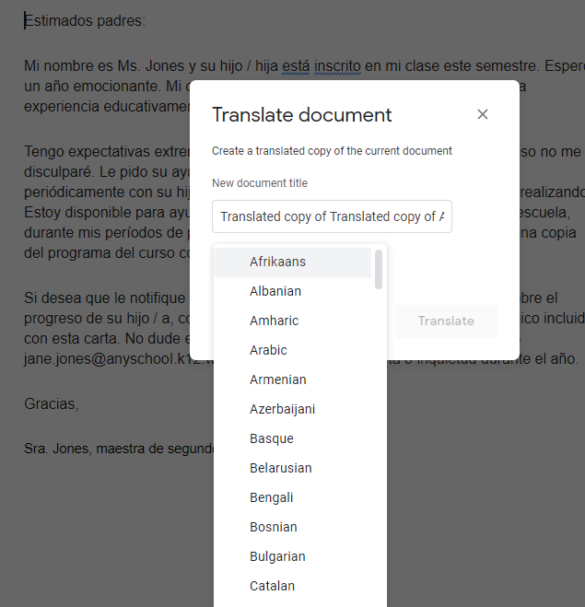

Both the auto captioning and the auto alignment features use the speech recognition infrastructure that underlies Google Voice and Voice Search, but trained on different data. They do the best job recognizing speech in domains similar to their training data. Modern-day speech recognition systems are big statistical machines trained on large sets of data. To more concisely illustrate the use of these features, check out our help center article or this short video: Auto-alignment requires only a transcript-the uploader no longer has to sync that text with the video stream. Auto-captioning uses automatic speech recognition technology to produce machine generated captions. And this is where our new auto captioning and auto alignment features can benefit our uploaders. One reason for this lack of coverage is the effort it takes for a video uploader to generate captions. Furthermore, only a tiny fraction of the avalanche of new video material getting uploaded is captioned. As a result, video content otherwise not accessible due to a language barrier can now be understood by a significantly larger user population.Īlthough captions are available in YouTube for hundreds of thousands of videos, it remains only a fraction of the the available corpus. If a caption track is available, it can be translated automatically in any of the 51 currently available languages. In addition to expanded accessibility for those with hearing disabilities, the combination of captions with machine translation expands YouTube accessibility across the globe. Hence, increased accesibility by adding captions to YouTube videos makes the corpus available to a much larger audience.

A 2005 US census showed that 7.8 million people (or about 3 percent of the US population) have difficulty hearing a normal conversation, with 1 million unable to hear at all. This is particularly true for people with hearing disabilities. With YouTube expanding its index at a breakneck speed of about 20 hours of new material uploaded each minute, access to this vast body of video material becomes increasingly challenging. These features significantly reduce the effort it takes to create captions for videos on YouTube. On November 19, we launched our new automatic captioning and automatic alignment feature for YouTube. Posted by Christopher Alberti and Michiel Bacchiani, Google Research


 0 kommentar(er)
0 kommentar(er)
